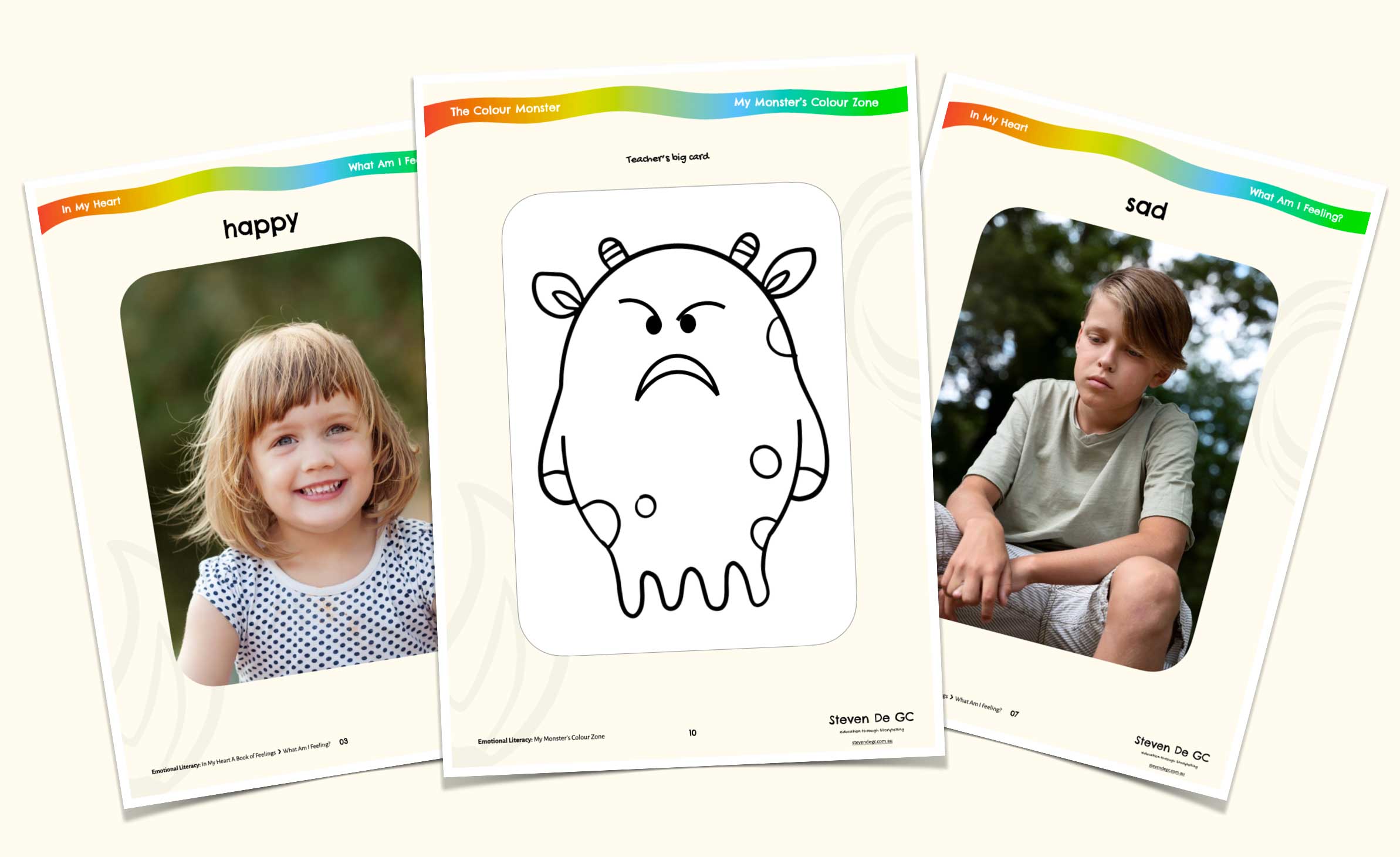Health and Physical Education
Discover our Health and Physical Education Books, Activities and Articles for Kids (Foundation to Year 2)
- Support children’s wellbeing and social development with our collection of Health and PE picture books, interactive activities for kids from Foundation (age 5), Year 1 (age 6), and Year 2 (age 7).
- Explore important personal and social topics including courage, emotional regulation, emotion recognition, empathy, fairness, friendship, identity, inclusion, kindness, persistence, and teamwork. These resources help children understand themselves and others, build positive and respectful relationships, and develop healthy habits for life.
- Whether used in the classroom or at home, each resource aligns with the Australian Curriculum and encourages safe, respectful and active participation.
Topics in this subject
-
Our Calm Corner
📔 The Shouting Girl by Steven Huynh• We are learning to identify tools and strategies that help us feel calm when we have big emotions.
-
Captivating Books and Activities for Children: Cultivating Empathy and Inclusion
Discover engaging children’s books and imaginative activities designed to foster empathy, inclusion, and communication skills through storytelling. Perfect for inspiring young minds.
-
Emotional Regulation Strategies with The Shouting Girl
📔 The Shouting Girl by Steven Huynh• We are learning to brainstorm emotional regulation strategies for different situations.
-
Identifying Characters’ Emotions in The Shouting Girl
📔 The Shouting Girl by Steven Huynh• We are learning to identify how a character is feeling and match emotions to Zones of Regulation.
-
The Shouting Girl Colouring
📔 The Shouting Girl by Steven Huynh• Children are learning about safe spaces
• Children colour in the sheets.


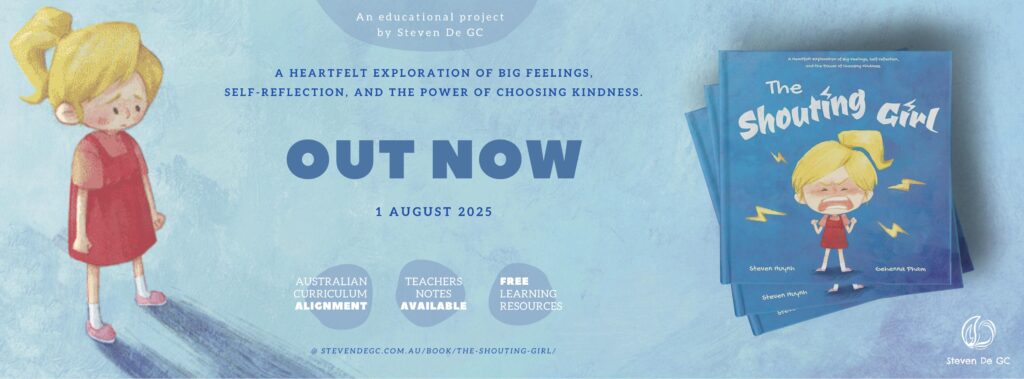
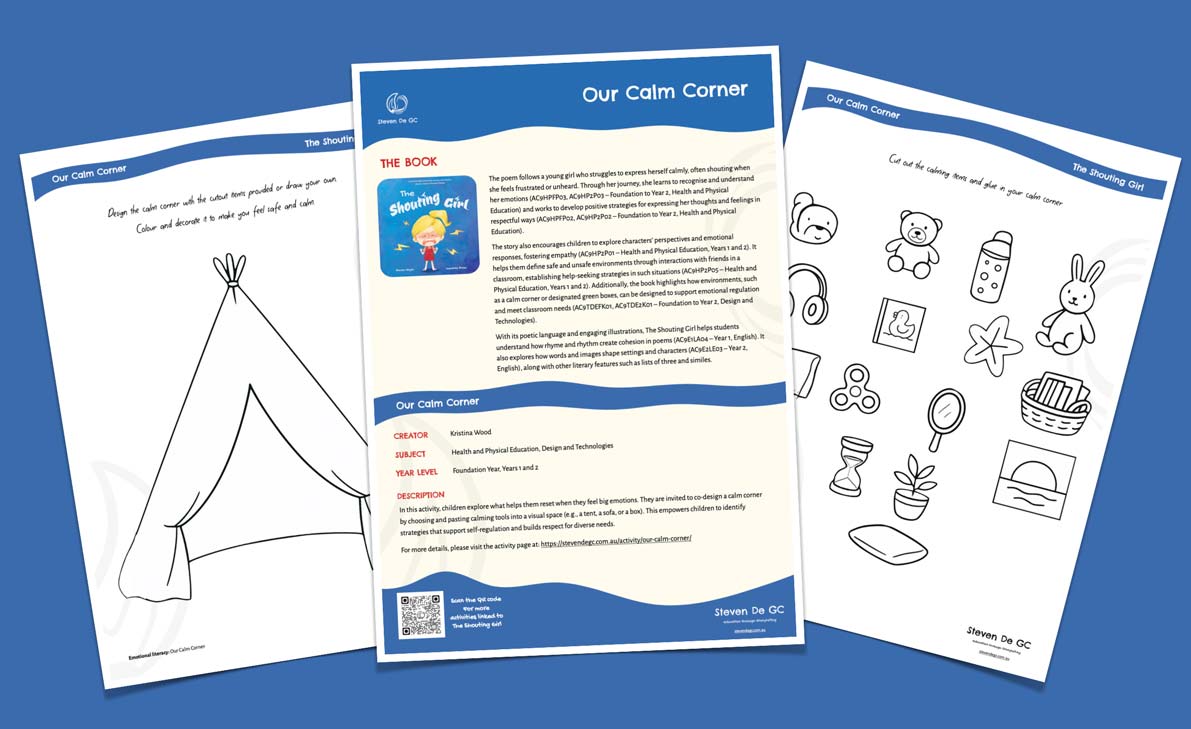
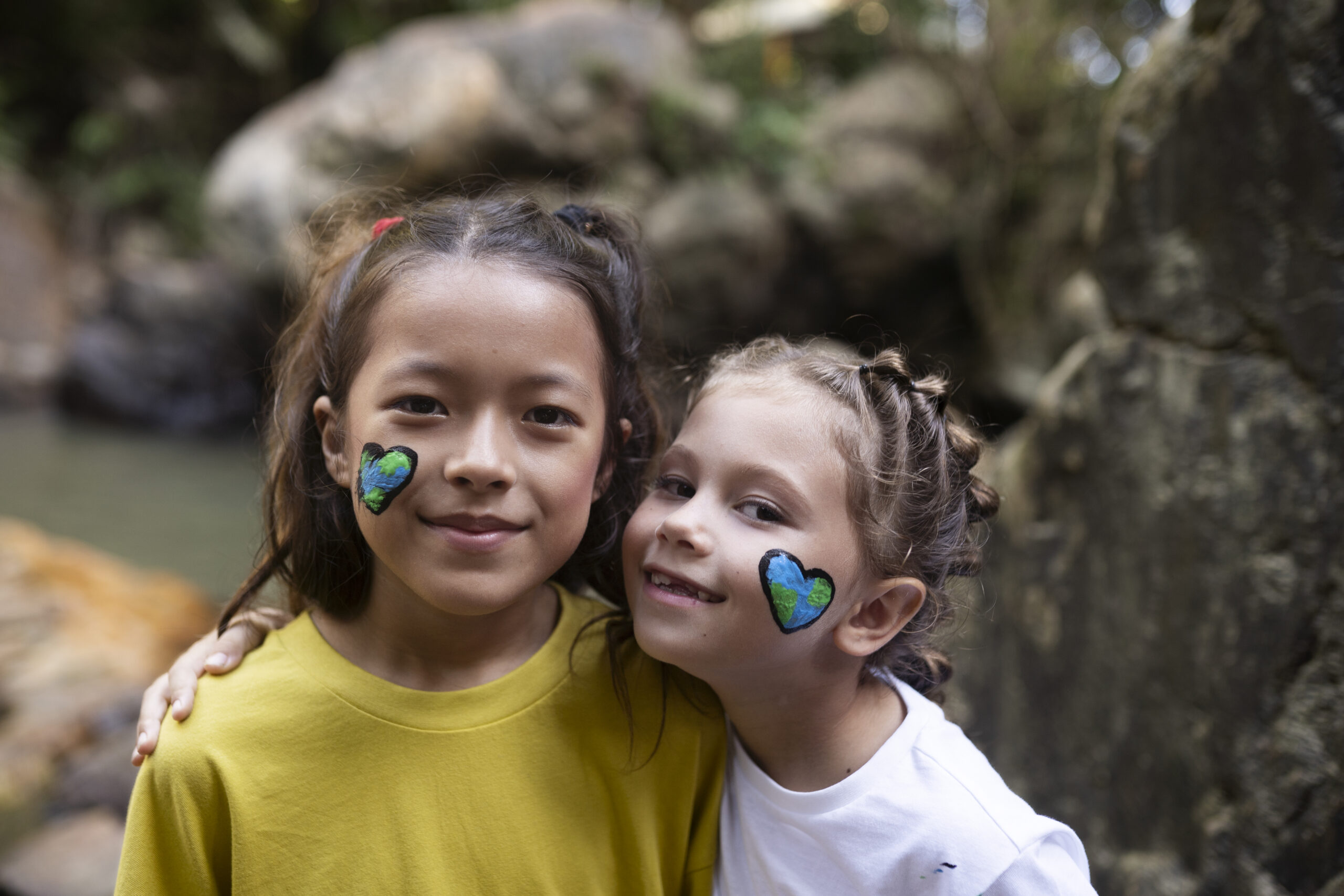
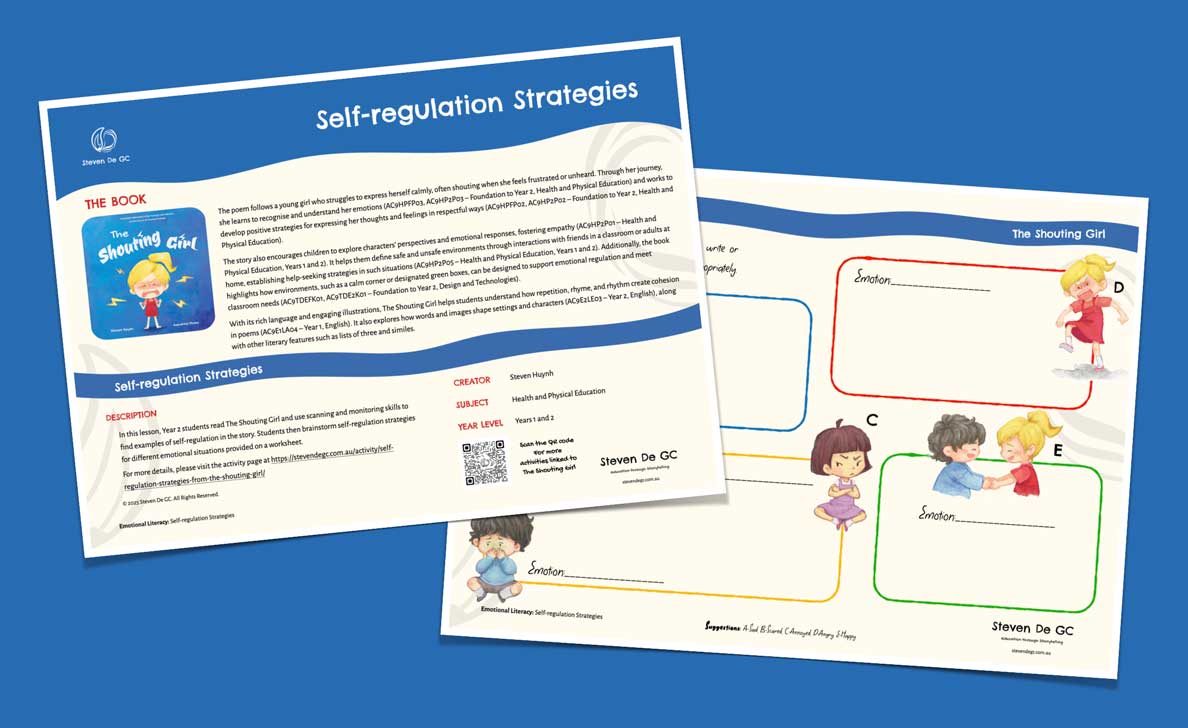
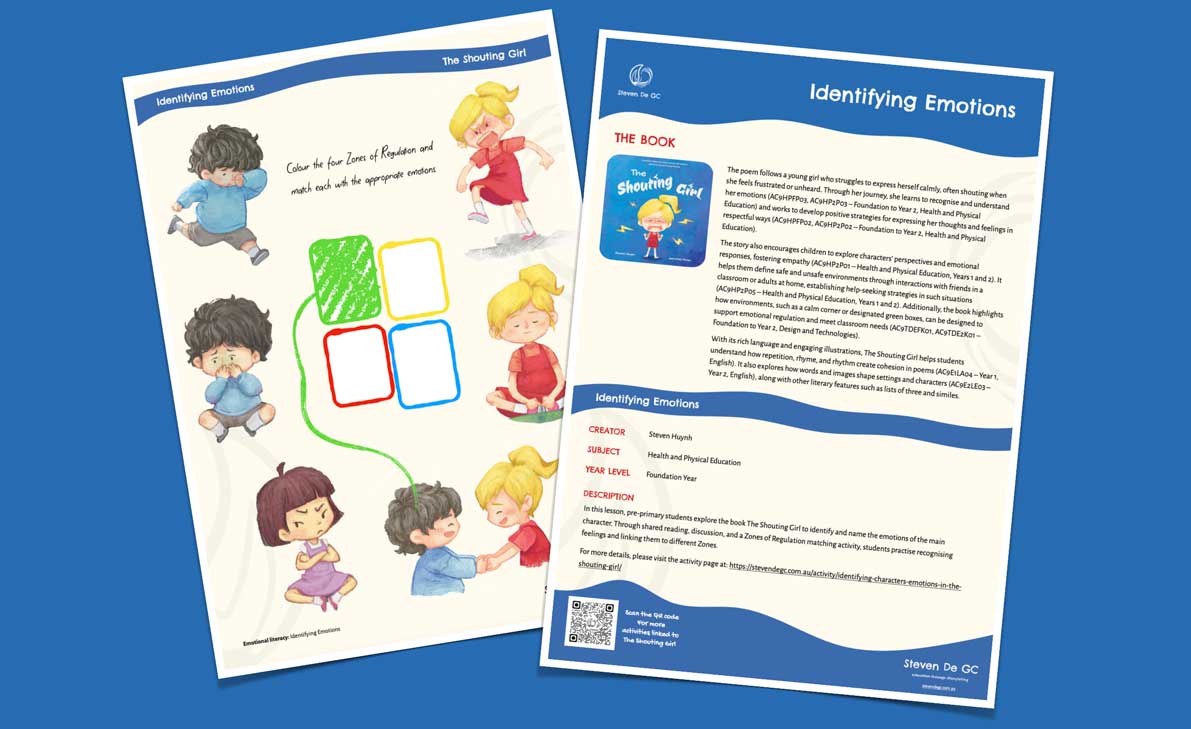
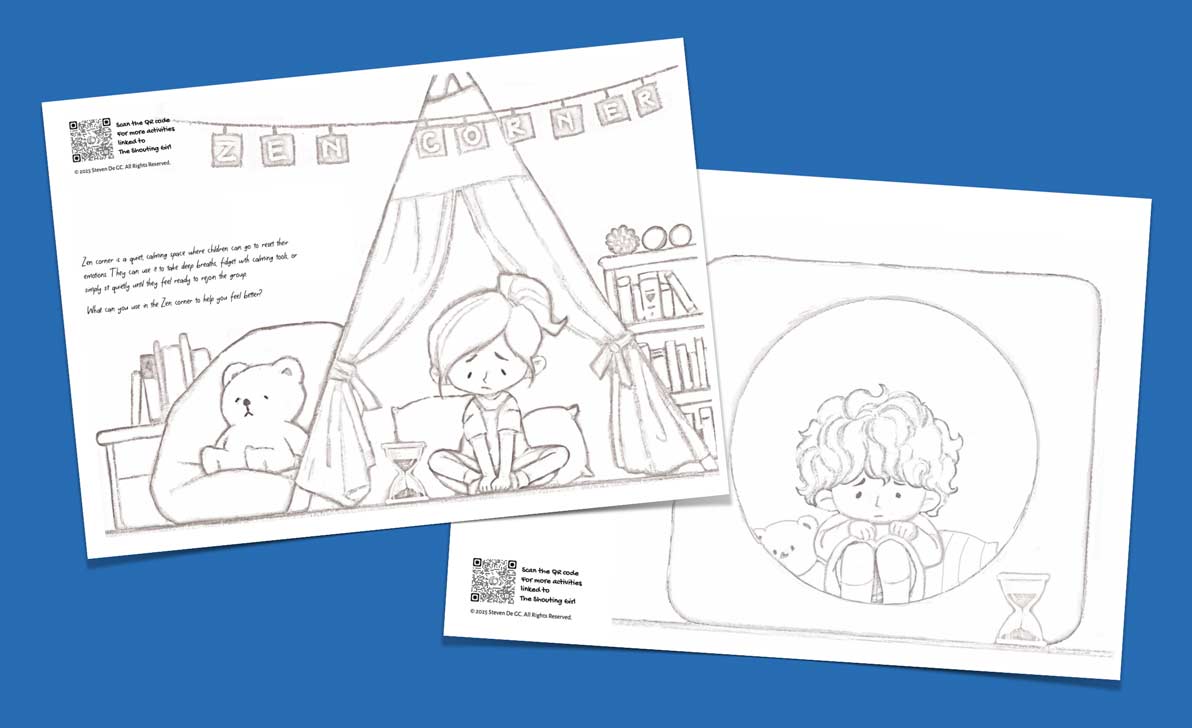

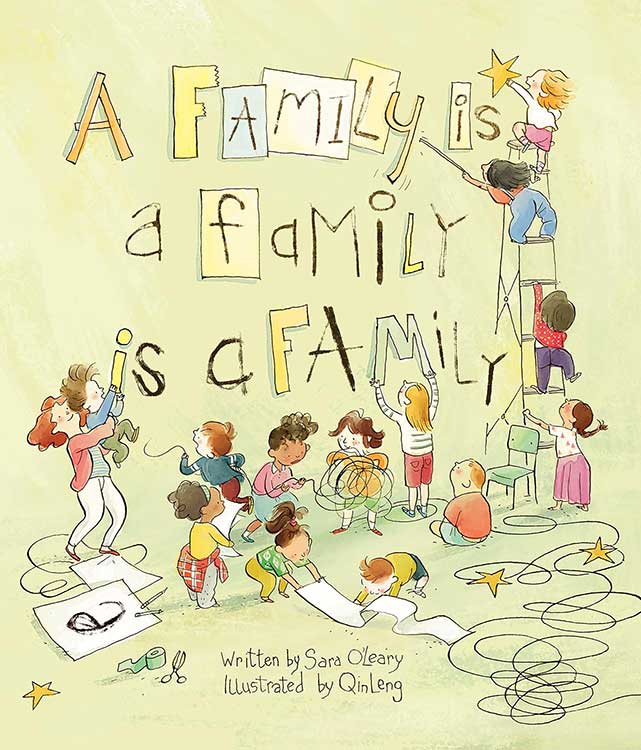
![[T4R] A Family is a Family is a Family Reading Unit for Foundation Year](https://stevendegc.com.au/wp-content/uploads/2025/03/T4R-A-Family-is-a-Family-UnitOverview.jpg)
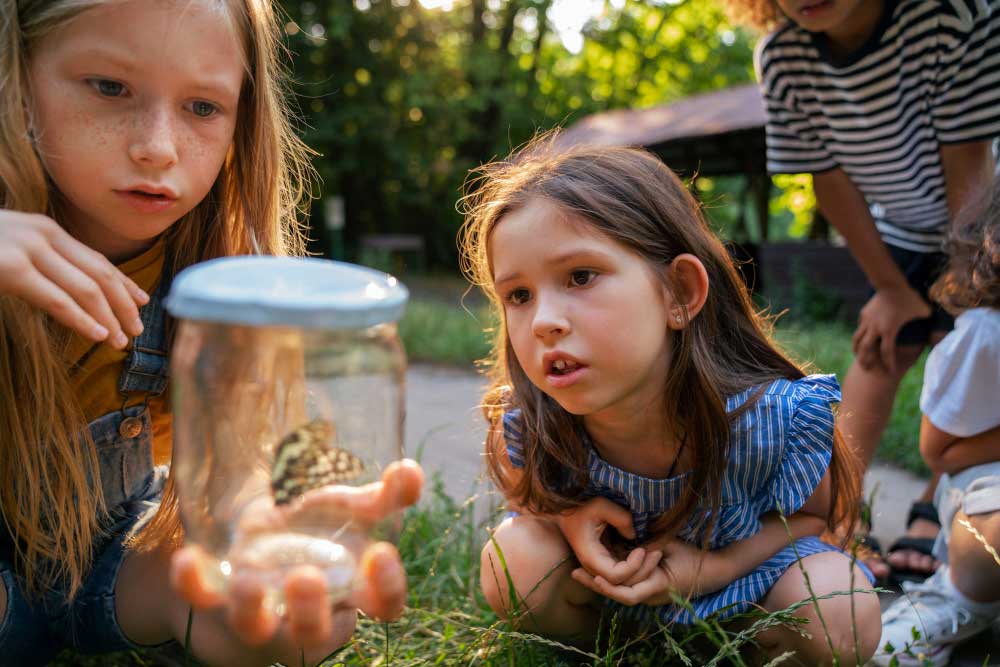
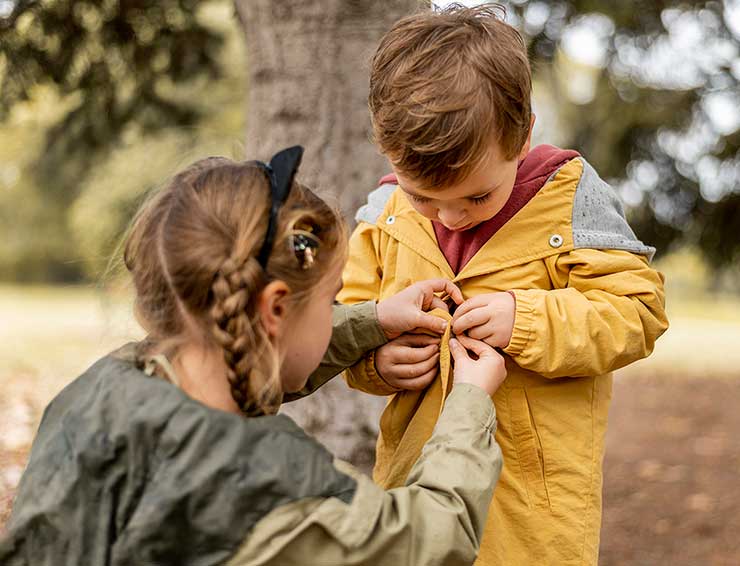

![[T4R] A Family is a Family is a Family: L2 Making Predictions](https://stevendegc.com.au/wp-content/uploads/2025/03/T4R-A-Family-is-a-Family-L2-Cover.jpg)

